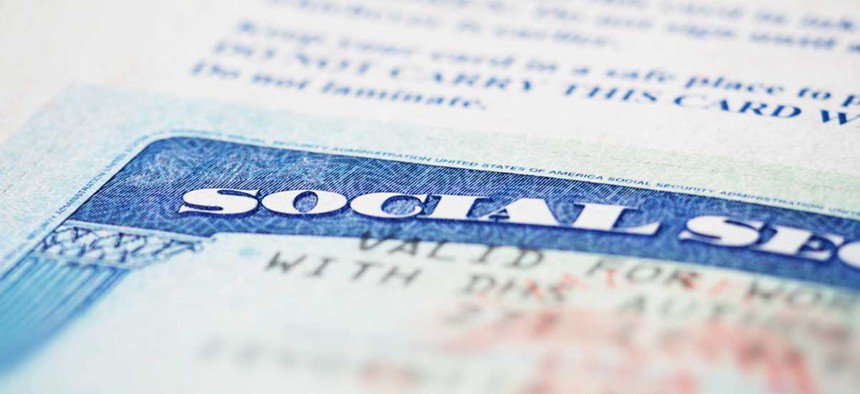How the United States Government Underestimated the Extent of Income Inequality
Social Security is underfunded today because policymakers didn’t foresee just how rich today’s rich would be.
The financial picture for Social Security isn’t as dire as some describe: Without any modifications to its funding, Social Security will generate enough revenue to pay for three-quarters of promised benefits.
The main reason it’ll fall short, though—the reason that that remaining one-quarter of benefits hasn’t yet materialized—is that the method of funding for Social Security was calibrated to an America with much less inequality than the nation currently has.
Since the late ‘70s, most of the growth in workers’ earnings has gone to the people who have made the most money. To be precise, the wages of the top 1 percent of workers have grown 138 percent since 1979, while the wages for the bottom 90 percent grew only 15 percent during that period.
If all of that income growth were taxed evenly, Social Security would have no shortfall. But it’s not taxed evenly: Any dollar that an American earns beyond $118,500 is, under current laws, not subject to Social Security taxes. In other words, someone who makes $118,500 this year is going to pay the same amount in Social Security taxes as someone who makes $4 million this year.
For most people, this doesn’t really matter: Less than six percent of wage-earners last year took home more than $120,000. But because lots of the last three decades’ earnings growth has been in the realm beyond $118,500 a year, much of it has escaped Social Security taxes.
One way to think about this is how much time each year a worker spends making money that’s subject to Social Security taxes. Most people—anyone who earns $118,500 or less—will be paying taxes on every dollar they earn all year. But, compared to this group, very wealthy Americans dispense with this tax obligation very early on in the year: For example, the top 10,000 or so earners will make over $4 million this year, so by the end of their first week back at work, they’re done paying Social Security taxes for the year.
But that’s nothing. At the time of this article’s mid-January publication, making money that’s subject to Social Security is a distant memory for the top 565 wage-earners, who make on average over $28 million per year. They finished paying their Social Security taxes within the first eight hours of the year’s first workweek. The top 110 American wage-earners were done paying in the first two hours. This exercise could go on ad infinitum: Who had paid by the time of their first coffee break? By the time they finished brushing their teeth in the morning?
The system can easily be made solvent if it adjusts to the reality of income inequality. Eliminating the earnings cap would be an effective, fair way to fully restore Social Security’s strength. Those affected by such a shift in tax policy would remain the richest handful of people in the country, and the move’s biggest effect would be that the retirement system for the bottom 99 percent of workers would be solvent for three generations. (And that’s only discussing the possibility of removing the tax cap on wages earned—every single dollar of capital gains is exempt from Social Security taxes too.)
In 1994, a bipartisan group of politicians eliminated a cap that limited the taxes high-earning workers paid toward Medicare, and now every dollar earned in wages is subject to a 2.45 percent tax. Making a similar change to how Social Security is funded, then, isn’t out of the question.
(Image via Dmytro Mykhailov/Shutterstock.com)







